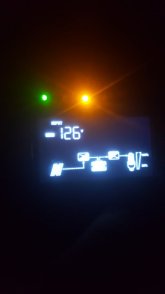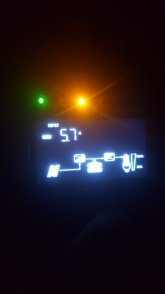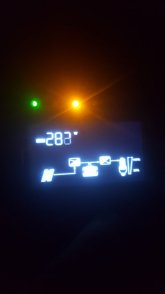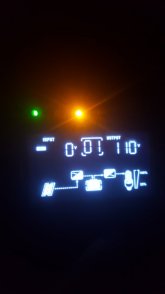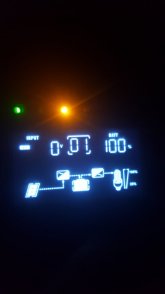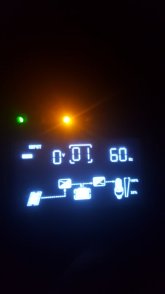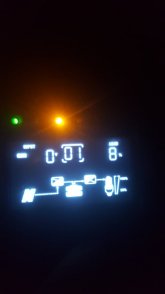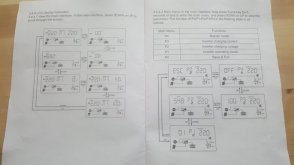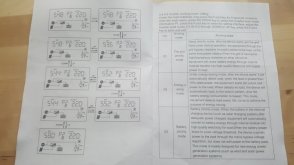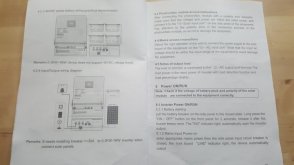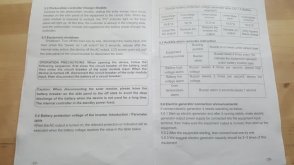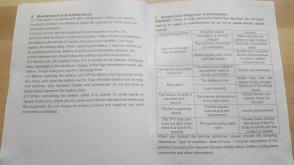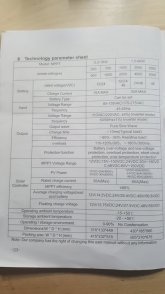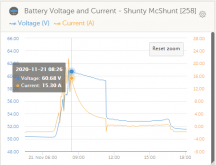Sun_Dried_Toad
New Member
- Joined
- Sep 6, 2020
- Messages
- 81
"Bright solar" brand: MPPT-5KW 48VDC 60A charge controller.
8x qcell 305w panels, wired series parallel 4&4.
8x Trojan T-1275 12v lead acid batteries, series parallel 4&4 for 48VDC.
just made the switch to full solar last Sunday.
The issue we are having is that we are losing power when early in the morning when we are just getting up and getting ready for work. The controller does not allow the batteries to discharge below 45V. Being that these are deep cycle batteries, I feel that they should be allowed to cycle down to at least 30V if not even 28V before any alarms or shutdown happens.
The controller shows a low battery icon, sounds alarm then eventually shuts down, right before the sun can begin charging our array. I checked the batteries, each morning, and they still have 46~ish volts at the time of alarm and shutdown.
The batteries are fully charged when we go to bed. the first night they tested 54V when we went to bed. second night they tested 48.5V at bedtime, and then the 3rd night I showed 49.8V at bedtime.
to get us by until we find a resolution, we are switching it over to grid priority mode when we go to bed, then when I get up in the morning, I switch it back to PV and battery mode.
The manual to our "Bright Solar" brand controller makes no mention of voltage cycle programming or settings. for those not familiar with the "BR Solar" units, they appear to be a clone of Victron, at least in color, looks, and style. I have contacted the person who sold the unit, he is trying to find an answer, but has been unsuccessful for two days. he has an identical test unit set up at his office/shop as he tries to troubleshoot this issue.
one other small issue we are having, is that two of our clocks have started running slow since we switched. both are brand new appliances. one is a Whirlpool microwave and the other is a GE oven/range. Both were purchased about 6 months ago. both worked fine prior to the solar switch. we have one other clock on our range hood that works normally. to recap, that two out of three clocks suddenly running slow. all thee appliances are brand new, all are digital, and all worked normal prior to solar.
I am hoping that these are both small and curable issues.
8x qcell 305w panels, wired series parallel 4&4.
8x Trojan T-1275 12v lead acid batteries, series parallel 4&4 for 48VDC.
just made the switch to full solar last Sunday.
The issue we are having is that we are losing power when early in the morning when we are just getting up and getting ready for work. The controller does not allow the batteries to discharge below 45V. Being that these are deep cycle batteries, I feel that they should be allowed to cycle down to at least 30V if not even 28V before any alarms or shutdown happens.
The controller shows a low battery icon, sounds alarm then eventually shuts down, right before the sun can begin charging our array. I checked the batteries, each morning, and they still have 46~ish volts at the time of alarm and shutdown.
The batteries are fully charged when we go to bed. the first night they tested 54V when we went to bed. second night they tested 48.5V at bedtime, and then the 3rd night I showed 49.8V at bedtime.
to get us by until we find a resolution, we are switching it over to grid priority mode when we go to bed, then when I get up in the morning, I switch it back to PV and battery mode.
The manual to our "Bright Solar" brand controller makes no mention of voltage cycle programming or settings. for those not familiar with the "BR Solar" units, they appear to be a clone of Victron, at least in color, looks, and style. I have contacted the person who sold the unit, he is trying to find an answer, but has been unsuccessful for two days. he has an identical test unit set up at his office/shop as he tries to troubleshoot this issue.
one other small issue we are having, is that two of our clocks have started running slow since we switched. both are brand new appliances. one is a Whirlpool microwave and the other is a GE oven/range. Both were purchased about 6 months ago. both worked fine prior to the solar switch. we have one other clock on our range hood that works normally. to recap, that two out of three clocks suddenly running slow. all thee appliances are brand new, all are digital, and all worked normal prior to solar.
I am hoping that these are both small and curable issues.




